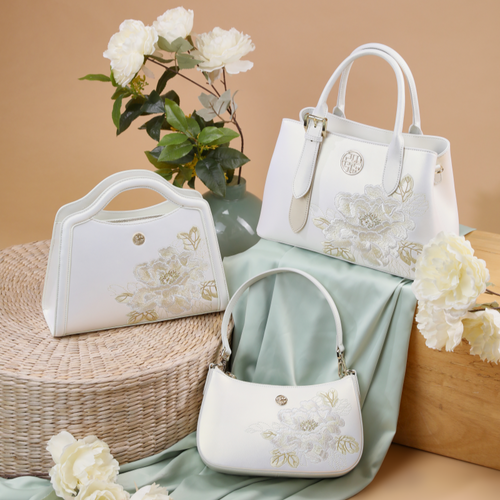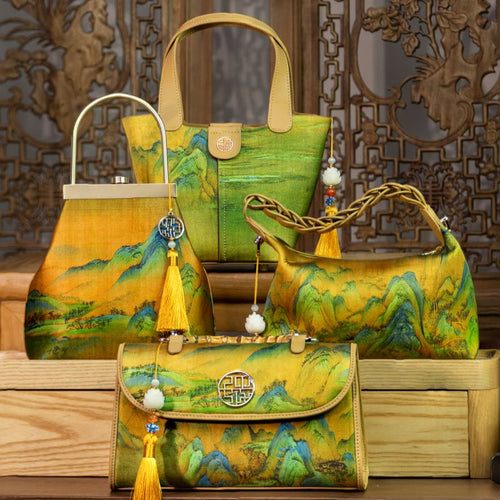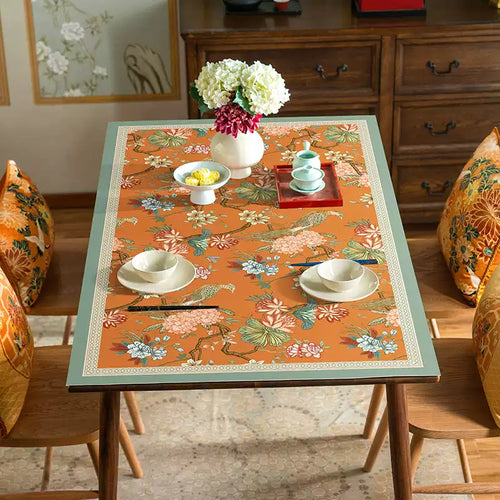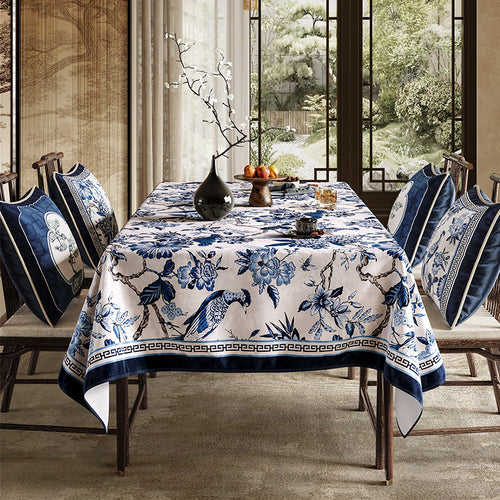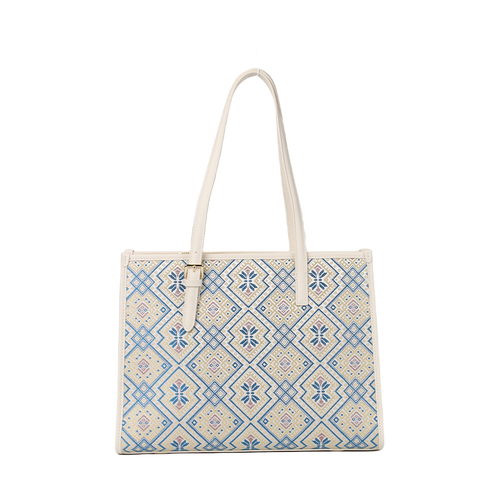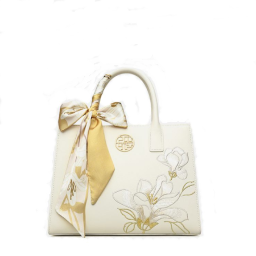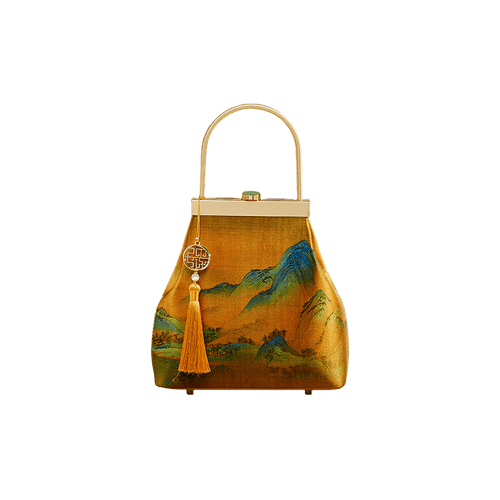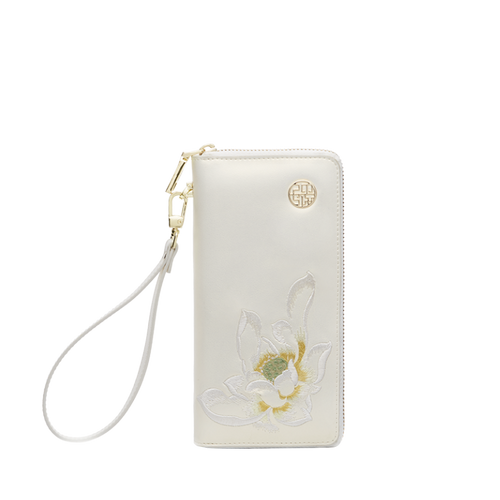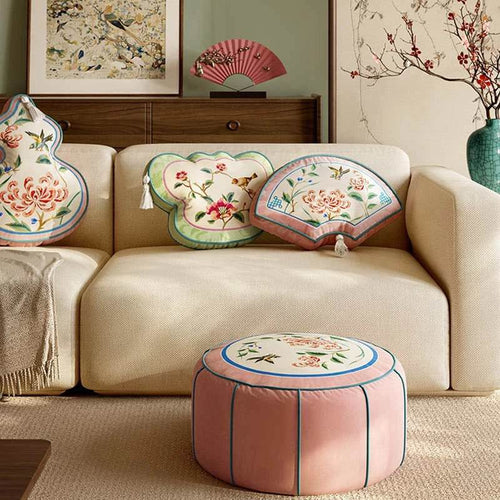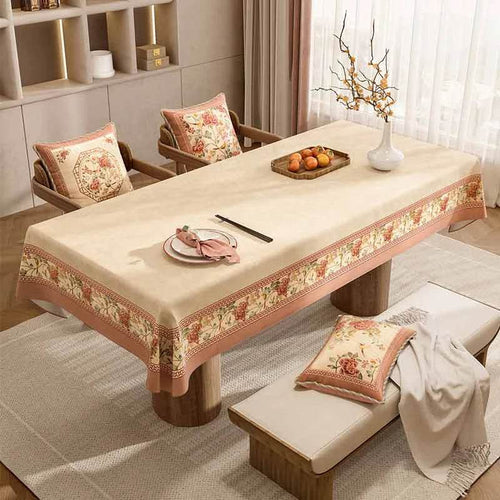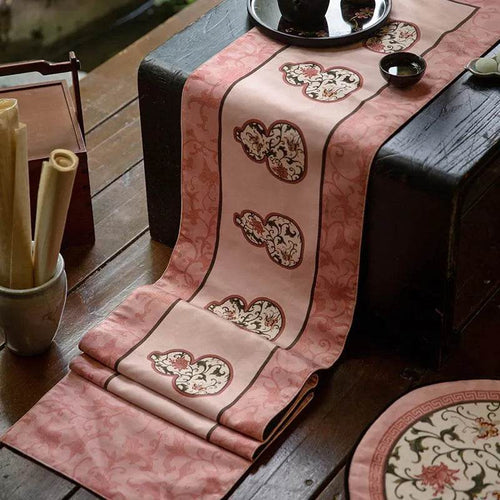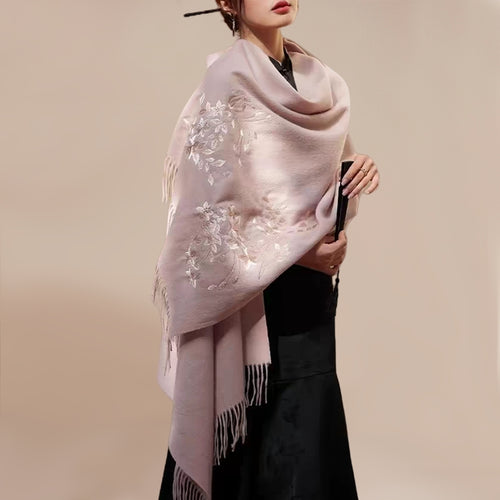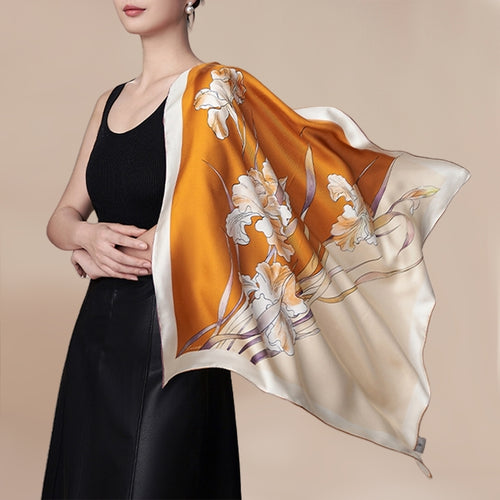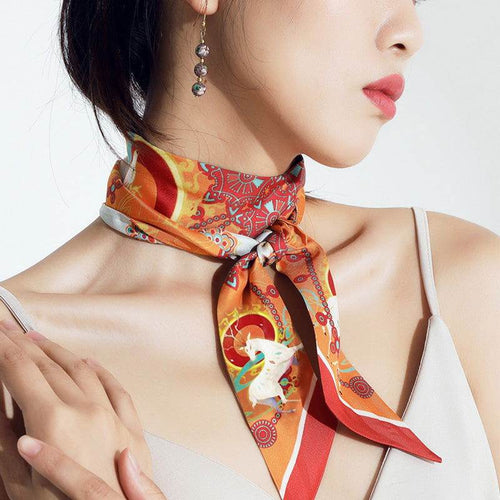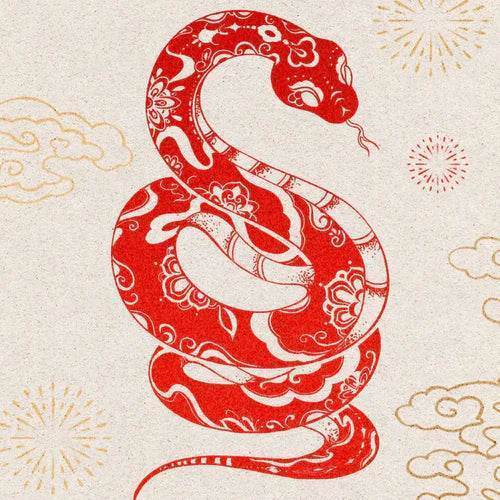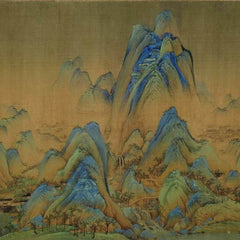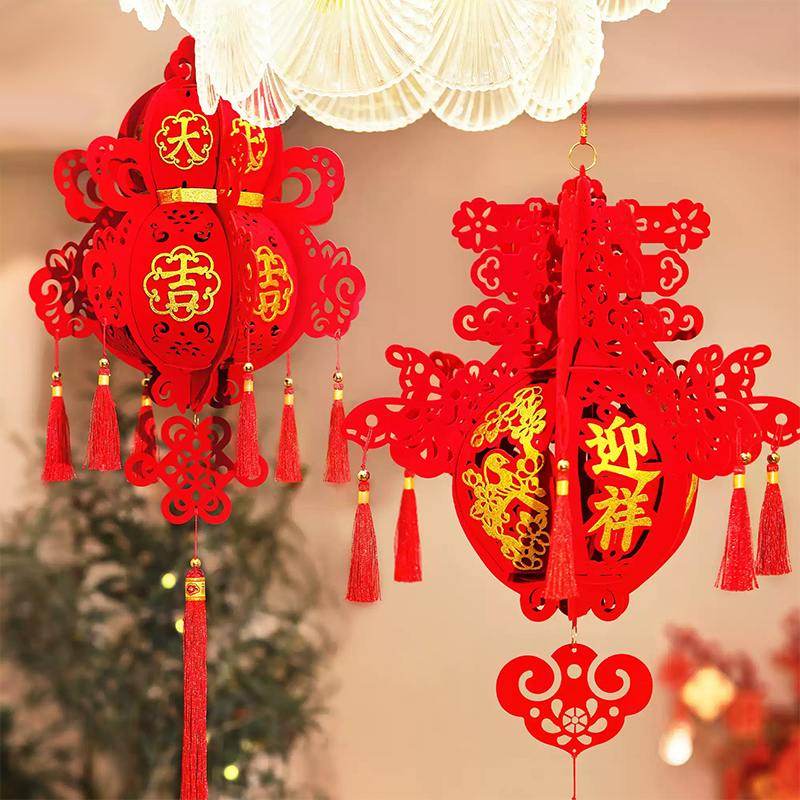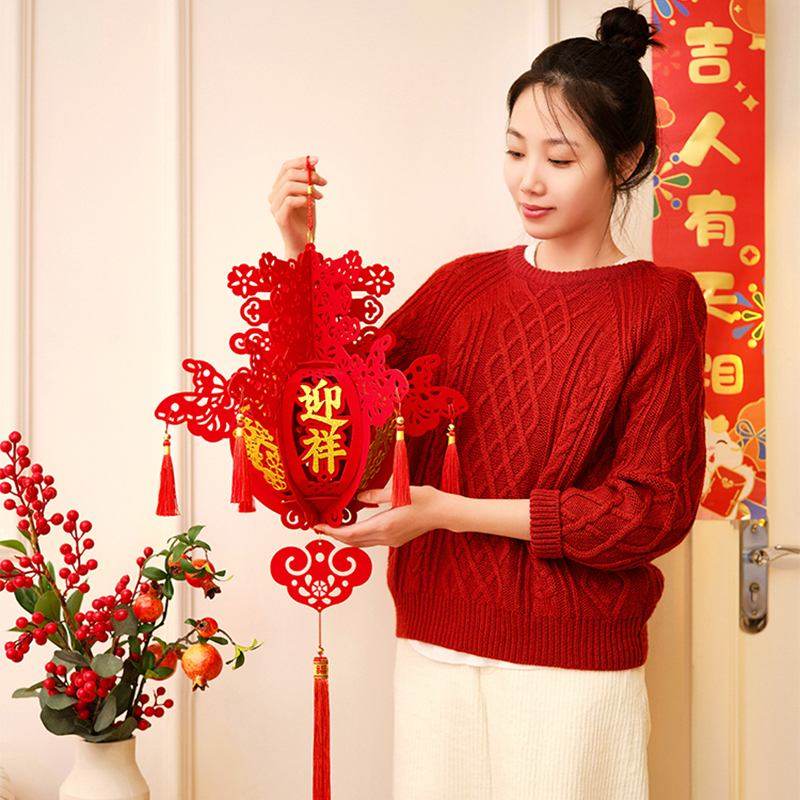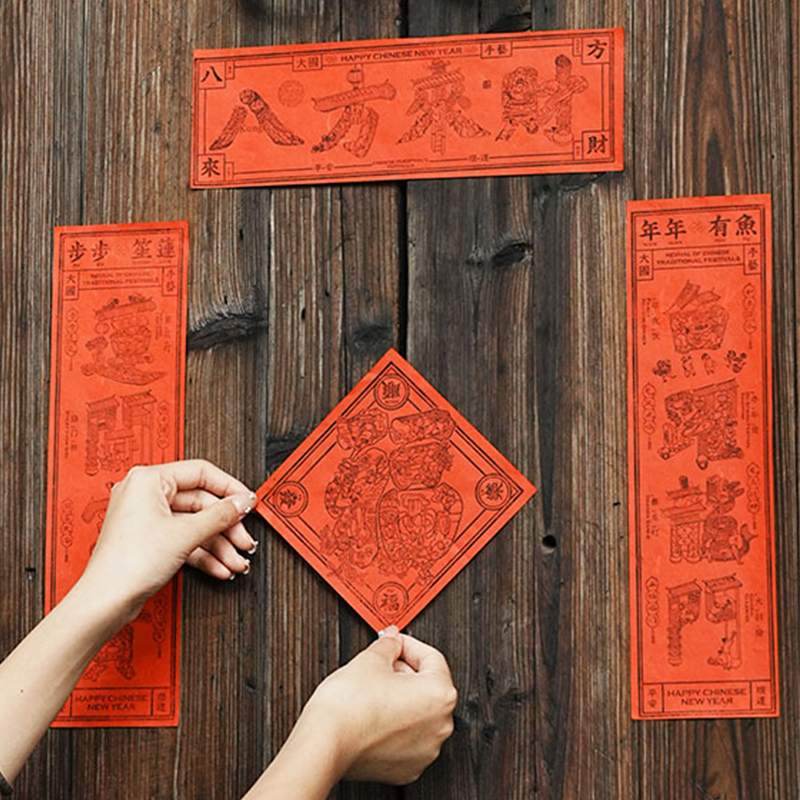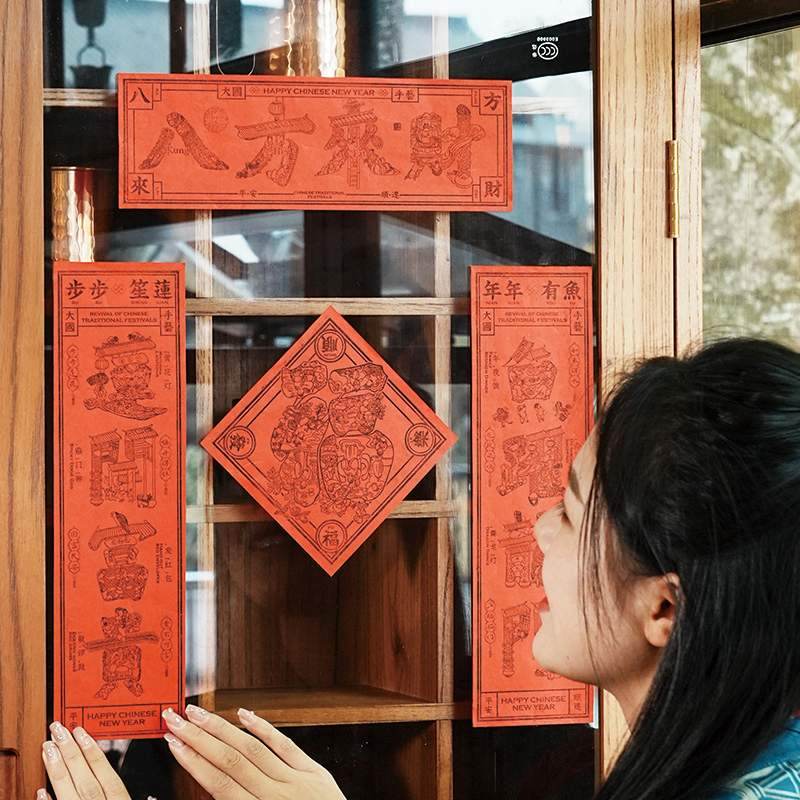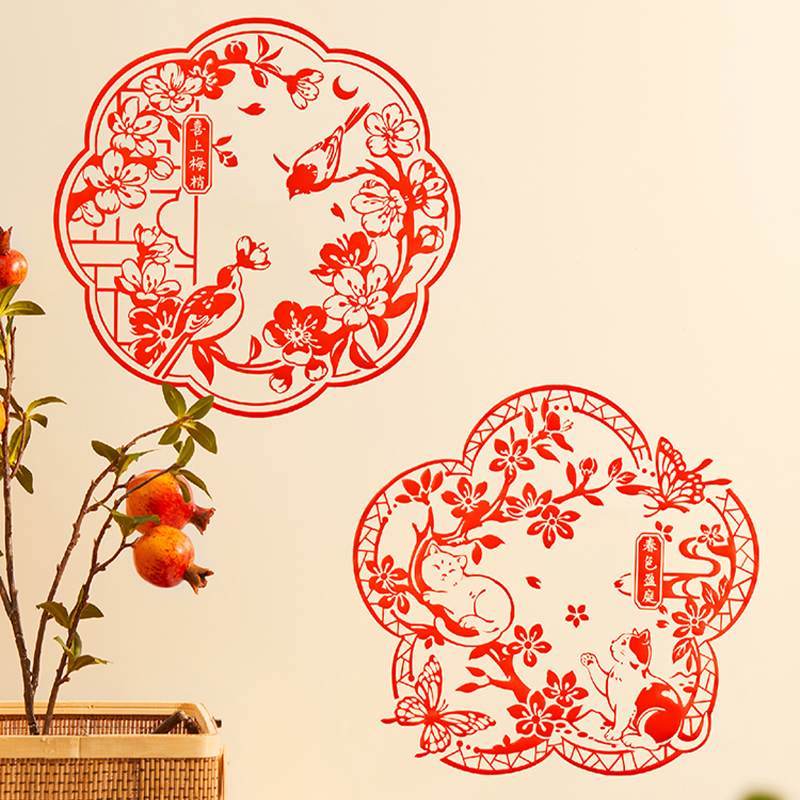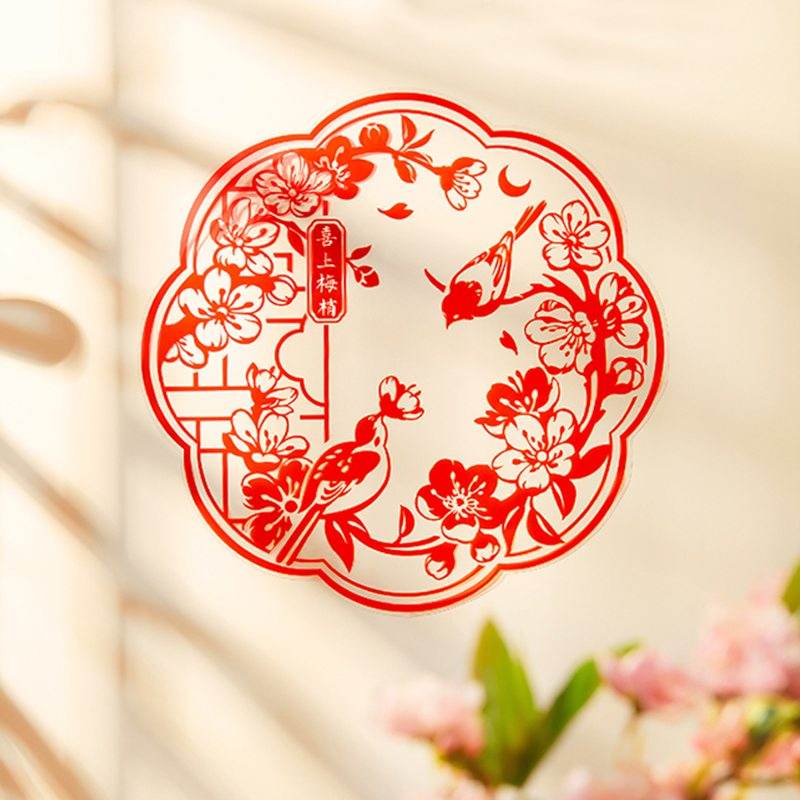The Spring Festival is more than just a single day of celebration. It is a vibrant, multi-week festival rooted in centuries-old traditions, marked by a series of important events and rituals. From the early preparations to the final farewell to the festivities, each milestone carries its own cultural significance and festive spirit.
Laba Festival (腊八节): The Prelude to the New Year
-
Date: 8th day of the 12th lunar month
Laba Festival marks the beginning of preparations for the Chinese New Year. Historically, it was a day to give thanks for the harvest and pray for blessings in the coming year. Today, it serves as a reminder that the Spring Festival is just around the corner. -
Laba Festival Traditions
- Eating Laba Congee: The highlight of the festival is Laba congee, a hearty porridge made with grains, beans, dried fruits, and nuts. This dish symbolizes abundance and unity.
- Making Garlic in Vinegar (Laba Suan): In northern China, families prepare pickled garlic, which will be used to enhance the flavor of dumplings during the New Year celebrations.

Little New Year (小年): A Time for Cleansing and Prayers
-
Date: Typically the 23rd or 24th day of the 12th lunar month
Little New Year, also known as Preliminary Eve, is a smaller-scale celebration that sets the stage for the grand festivities of Chinese New Year. It is a day dedicated to the Kitchen God, who is believed to ascend to heaven to report on the household’s deeds. -
Key Customs of Little New Year
- Spring Cleaning: Families deep-clean their homes to sweep away bad luck and make space for good fortune in the coming year.
- Offering Sacrifices to the Kitchen God: Families offer sweet treats, such as maltose or candied fruits, to “sweeten” the Kitchen God’s report to heaven.
- Hanging Spring Festival Couplets: Red couplets with auspicious phrases are placed on doors to invite blessings.

Chinese New Year’s Eve (除夕): A Night of Reunion
-
Date: Last day of the lunar year
Chinese New Year’s Eve is the most anticipated and emotionally significant day of the Spring Festival. It is a time for family reunions, as people travel long distances to return to their hometowns and celebrate with loved ones. -
Highlights of Chinese New Year’s Eve
- Reunion Dinner: The centerpiece of the evening is a lavish family feast.
- Watching the Spring Festival Gala: Families gather to watch the annual televised gala, featuring music, comedy, and cultural performances.
- Staying Up Late: It is customary to stay awake until midnight to welcome the New Year. Firecrackers and fireworks are set off to drive away evil spirits and usher in good luck.

Spring Festival (春节): A Celebration of New Beginnings
-
Date: 1st to 15th day of the 1st lunar month
The Spring Festival officially begins on the first day of the lunar year and lasts for 15 days, culminating in the Lantern Festival. Each day carries its own traditions and customs: -
Day 1: Welcoming the Deities
On the first day, families offer prayers to deities and ancestors, seeking blessings for the year ahead. It is also a day to visit the elders in the family, wishing them health and happiness. -
Day 2: Visiting In-Laws
Traditionally, married women visit their natal families on the second day of the Spring Festival, bringing gifts and greetings. -
Days 3-4: Avoiding Visits
These days are considered unlucky for social visits, so most families spend them at home, resting or engaging in quiet activities.

Po Wu (破五): Breaking the Fifth Day
-
Date: Fifth day of the 1st lunar month
The fifth day of the Chinese New Year, known as Po Wu, is considered an auspicious time to break taboos and resume normal activities. In the days leading up to Po Wu, many superstitions are observed, such as avoiding cleaning or sweeping, as this could “sweep away” good fortune. -
Key Customs of Po Wu
- Eating Dumplings: Dumplings are a must on this day, symbolizing wealth and prosperity.
- Welcoming the God of Wealth (接财神): Businesses and families light firecrackers to invite the God of Wealth into their homes and ensure financial success for the year.

Lantern Festival (元宵节): The Grand Finale
-
Date: 15th day of the 1st lunar month
The Lantern Festival marks the end of the Spring Festival celebrations. It is a night of vibrant festivities, featuring lantern displays, dragon and lion dances, and family gatherings. -
Traditions of the Lantern Festival
- Eating Tangyuan (Glutinous Rice Balls): These sweet, round dumplings symbolize family unity and completeness.
- Lantern Riddles: People gather to admire lanterns and solve riddles written on them, enjoying a sense of community and intellectual challenge.

Conclusion
The Spring Festival is a journey of cultural and emotional significance, from the preparatory rituals of Laba Festival and Little New Year to the joyous celebrations of New Year’s Eve and Spring Festival, culminating in the Lantern Festival. Each milestone reflects the values of family, gratitude, and renewal that define this ancient holiday.
Understanding these key dates and their traditions not only deepens your appreciation of Chinese New Year but also provides a meaningful way to connect with Chinese culture.
